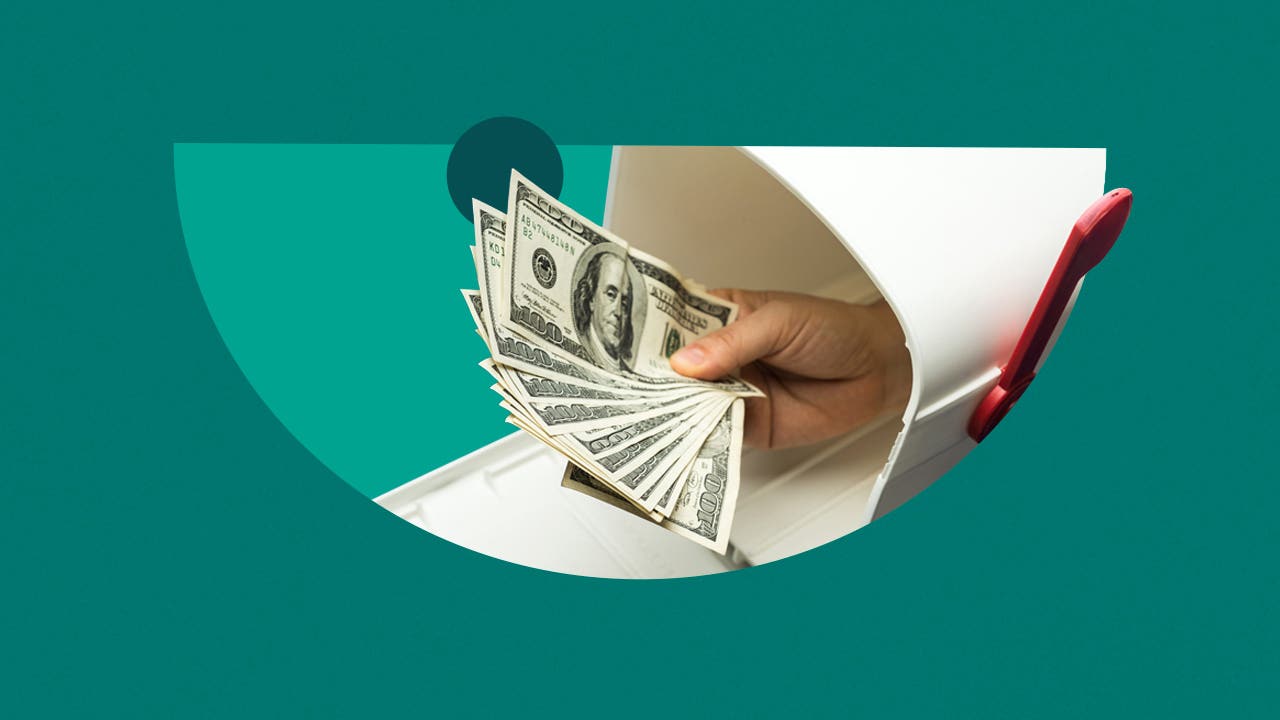Lender credits: What are they and how do they work

The Bankrate promise
At Bankrate we strive to help you make smarter financial decisions. While we adhere to strict , this post may contain references to products from our partners. Here's an explanation for .
Our writers and editors used an in-house natural language generation platform to assist with portions of this article, allowing them to focus on adding information that is uniquely helpful. The article was reviewed, fact-checked and edited by our editorial staff prior to publication.
Key takeaways
- A lender credit is money you receive from mortgage provider to help cover closing costs, in return for a higher interest rate.
- Mortgage lender credits are the opposite of discount points, which cost you more upfront but lower your interest rate.
- It might make sense to take a credit in certain situations, such as refinancing. It might even be necessary if you need to meet a lender's reserve requirements.
A mortgage lender credit gives you a break on closing costs, but it isn’t free money. Before accepting a lender credit, learn how credits work and what they mean for your mortgage and overall costs.
What is a lender credit?
A lender credit is money you receive from your mortgage provider to put toward closing costs in exchange for a higher interest rate. The credit reduces the amount of money you’ll need to pay upfront at closing.
If you accept more than one credit, the rate will rise further. Although you’ll save initially, you’ll pay more over time in interest due to the higher rate.
A lender credit on a mortgage can only go toward closing costs; it can’t apply to your down payment or any other financial moves related to the mortgage, such as paying down debt to lower your debt-to-income (DTI) ratio.
How are lender credits determined?
The lender will determine the credits and whether or not you’ll qualify for one. Generally, the same things that make you an attractive borrower to lenders will also make you more likely to get a good lender credit and interest rate. These things include:
- A good to excellent credit score.
- A down payment of 20% or more.
- An acceptable debt-to-income ratio, no higher than 45%.
- Financing a primary home mortgage.
Since lender credits vary by financial institution, it is important to compare lenders to determine where you’ll get the best annual percentage rate (APR) after a lender credit.
Lender credits vs. points
Mortgage points represent the inverse of lender credits: You can choose to pay points upfront in return for a lower interest rate. One point typically lowers your rate by 0.25 percentage points and costs 1 percent of the loan principal.
A lender credit is sometimes referred to as a “negative point,” and indeed, you’ll see it as a negative figure on your loan estimate. Both points and credits are part of a complex structure mortgage lenders use to price loans.
Example: How lenders credits and points impact your rate
Here’s how accepting or not accepting a credit and paying or not paying credits and points plays out on a 30-year, fixed-rate mortgage:
| Without credits or points | With a credit | With one point | With two points | |
|---|---|---|---|---|
| *Includes a 1 percent origination fee, 1 percent charge for title services, $500 appraisal fee and $30 credit check fee | ||||
| Amount borrowed | $330,000 | $330,000 | $330,000 | $330,000 |
| Interest rate | 6.600% | 6.725% | 6.350% | 6.100% |
| Closing costs* | $7,130 | $6,630 | $10,430 | $13,730 |
| Monthly payment (excluding insurance and taxes) | $2,107 | $2,134 | $2,053 | $1,999 |
| Interest paid in total | $429,167 | $439,272 | $409,486 | $390,441 |
As you can see, by accepting a lender credit, you’d save $500 on closing day, but have a higher monthly payment and pay more than $10,000 extra in interest over the course of 30 years.
In contrast, if you pay one point, you’d need to bring $3,300 more to closing, but have a lower monthly payment and save over $19,000 over the life of the loan. With two points, you’d need to come up with $6,600 more in closing costs, but save roughly $39,000 in interest.
How to negotiate a lender credit
Mortgage lenders aren’t required to offer credits, and whether they do or not depends on their business, your loan application, and other factors. Ask your loan officer if the lender offers credits and, if so, how much you’d save on closing costs with one.
The best way to ensure you get a good lender credit (which means, a good APR in return for the credit) is to make yourself an attractive borrower with a great credit score and a hefty down payment.
Are lender credits worth it?
There are times when lender credits are worth it, and times when they aren’t.
Benefits of lender credits
- You can afford the closing costs needed for your new home even if you are cash-strapped or don’t want to plunder savings.
- If you’re refinancing, you may reach the breakeven point (the time it takes to recover your closing costs) quicker.
- Your lender might require you to have a specific amount of reserves (cash or other easily accessible assets you could use to make mortgage payments) before it’ll approve the loan. Using a lender credit allows you to maintain those reserves.
- If you’re planning to sell soon after buying, you can reap the reward of the lender credit and not pay a lot extra from the higher interest rate.
Drawbacks of lender credits
- A credit raises your interest rate, which means higher monthly payments.
- With a higher interest rate, you will also pay a greater over the life of your loan. The result is often much more expensive than the savings you get on closing day.
Alternatives to lender credits
If the higher interest rate resulting from accepting a lender credit doesn’t appeal to you, consider other options.
- Seller concessions. You can negotiate with the home’s seller to pay some of your closing costs.
- Borrow from a friend or family member. If you have friends or family willing to lend you money, consider borrowing the closing costs from them. Establish an agreement on when and what will be paid back.
- Get outside help. Investigate a homebuying assistance program. Many states, as well as private non-profits,offer help specifically for down payment and closing costs, often in the form of a low-cost or forgivable loan.
- Consider a no-closing-cost mortgage. These loans come with no upfront fees to pay on closing. Instead, closing costs are rolled into the loan balance. Bear in mind, though, that these mortgages have some of the same drawbacks as credits: They could carry a higher interest rate, and even if they don’t, you’ll pay interest on a bigger loan principal — and so more over the loan’s lifetime, overall.
Additional reporting by Ashlee Tilford
Related Articles



